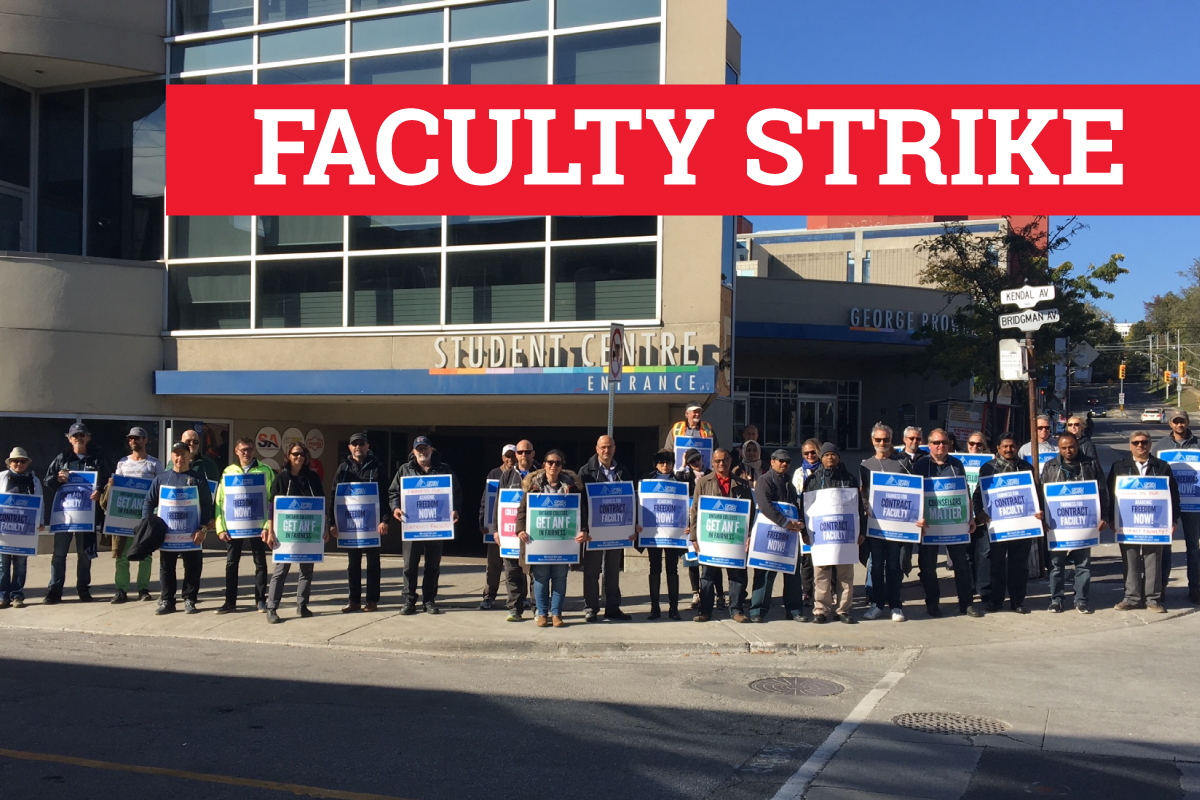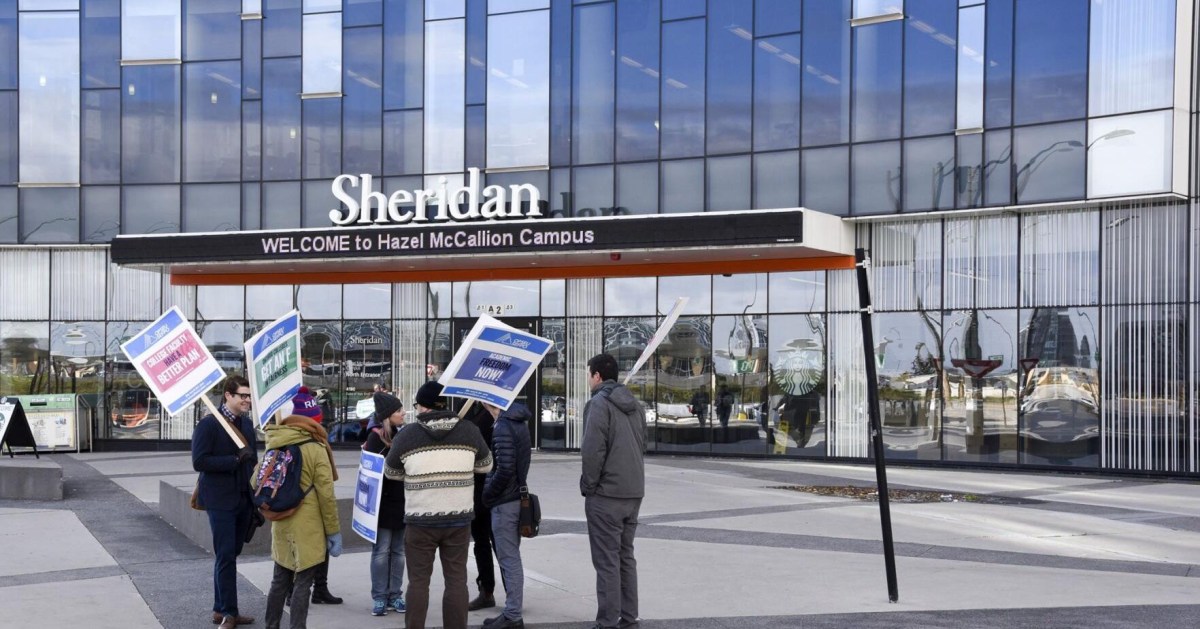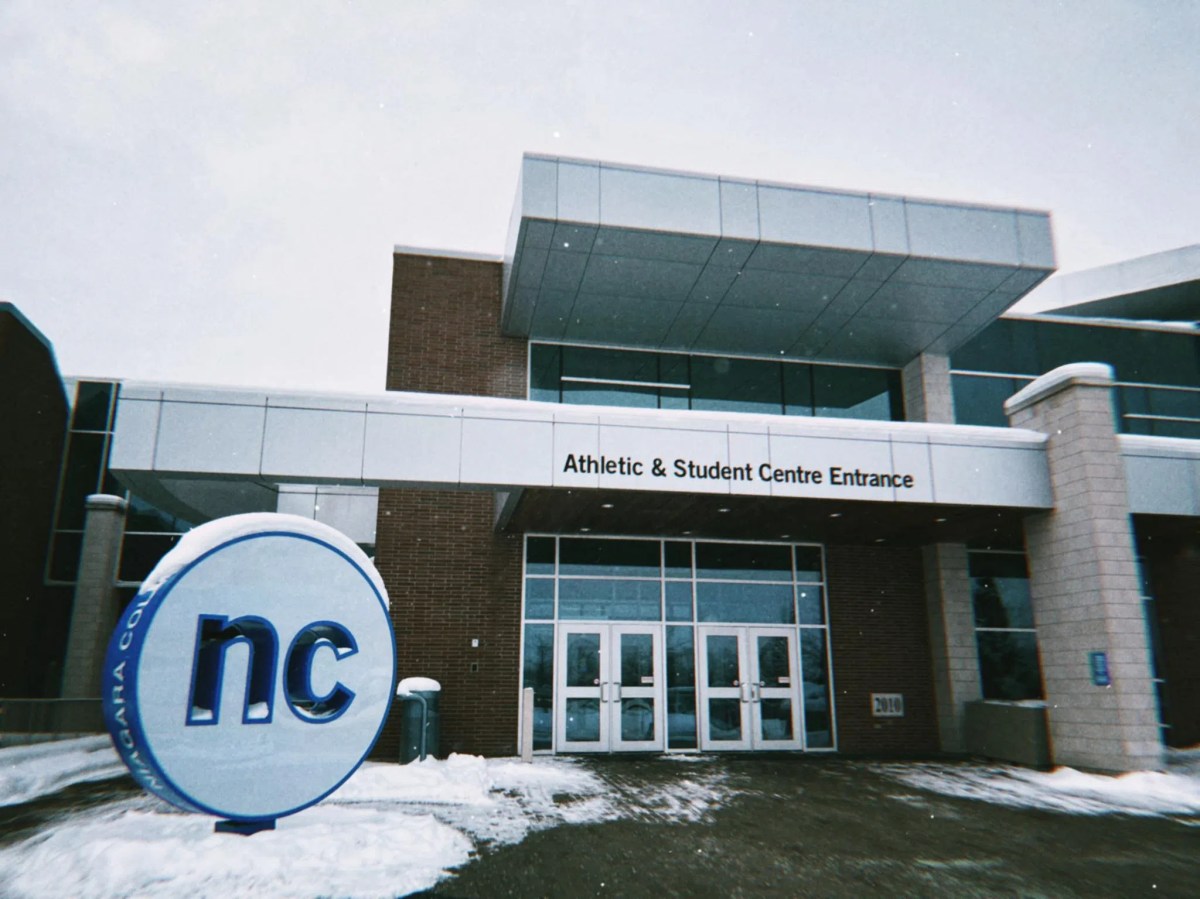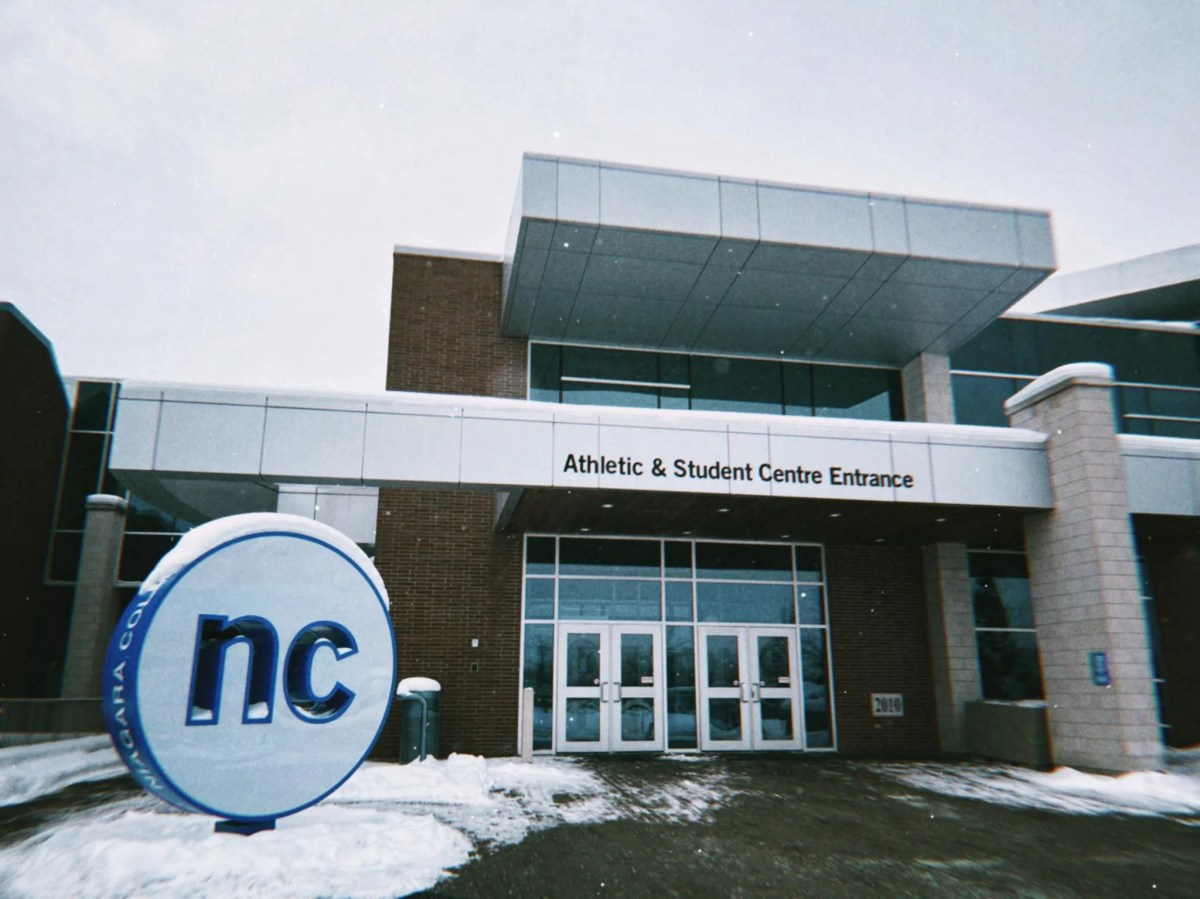Ontario Colleges Faculty Strike: This impactful event throws a spotlight on the complex negotiations between faculty unions, college administrations, and the provincial government. We’ll explore the historical context of these strikes, the key demands driving the current action, and the significant repercussions for students and the entire college system. Get ready for a detailed look at this crucial situation.
The strike isn’t just about salary; it’s about workload, class sizes, and the future of post-secondary education in Ontario. We’ll examine the arguments from all sides, analyze the media’s portrayal of the events, and consider potential outcomes and resolutions. Understanding this conflict is key to understanding the future of Ontario colleges.
Ontario Colleges Faculty Strike: A Deep Dive
The recent faculty strike in Ontario colleges significantly impacted students, the college system, and the public. This article provides a comprehensive overview of the strike, examining its background, key demands, impacts, public perception, and potential resolutions. We’ll explore the perspectives of both faculty and students, offering insights into a complex situation with far-reaching consequences.
Background of the Ontario Colleges Faculty Strike
Faculty strikes in Ontario colleges are not uncommon, stemming from recurring disagreements between faculty unions, college administrations, and the provincial government. These disputes often center around issues of compensation, workload, academic freedom, and the overall quality of education. The current strike, however, was particularly contentious due to a confluence of factors that exacerbated pre-existing tensions.
Key players include the Ontario Public Service Employees Union (OPSEU), representing the majority of college faculty, the individual college administrations, and the Ontario government, which ultimately sets the framework for college funding and labor relations. The main issues leading to the strike involved disagreements over salary increases, benefits, job security for part-time faculty, and concerns about increasing administrative burdens impacting teaching time.
The Ontario colleges faculty strike is causing major disruptions for students. It’s a tough situation, especially considering the amount of time and money invested. You might find yourself needing a distraction, and if you’re into high-speed action, check out this awesome drone: cl-415. Hopefully, the strike will end soon so everyone can get back to learning.
The lack of progress in negotiations over several months contributed to a breakdown in relations, ultimately culminating in strike action.
A timeline of significant events might include: (This section requires specific dates and details which are unavailable without access to current news sources. A placeholder is provided.) [Month, Year]: Initial contract negotiations begin. [Month, Year]: Negotiations stall. [Month, Year]: Mediation attempts fail. [Month, Year]: Strike begins.
[Month, Year]: Negotiations resume.
Key Demands of the Striking Faculty

The faculty union’s core demands typically revolve around fair compensation, improved working conditions, and enhanced job security for all faculty members, both full-time and part-time. These demands often reflect a desire for greater equity and a commitment to maintaining high educational standards within a challenging budgetary environment.
Compared to previous negotiations, the current demands may have included a higher percentage salary increase, reflecting inflation and the rising cost of living, or stronger protections for part-time faculty who often lack benefits and job security enjoyed by their full-time counterparts. The rationale behind each demand is usually articulated through arguments about fairness, retention of qualified instructors, and the need to maintain the quality of college education.
Similar demands have been seen in faculty negotiations across Canada and internationally, highlighting the common challenges faced by college educators.
Impact of the Strike on Students
The immediate effect of the strike was the disruption of classes and student services. This resulted in significant uncertainty for students, affecting their academic progress and potentially leading to financial strain. Potential long-term consequences include delays in graduation, increased student debt due to extended study periods, and negative impacts on students’ career prospects.
The Ontario colleges faculty strike is really impacting students, leaving many uncertain about their futures. It’s a bit like a wildfire – you need something to put it out quickly, like a scooper plane tackling a forest fire. Hopefully, a resolution to the strike will come soon, before the academic year is completely derailed for everyone involved.
Support systems available for students during the strike might have included counseling services, academic advising, and information resources provided by the colleges and student unions. However, the effectiveness of these systems varied depending on the college and the resources available.
| Program | Immediate Impact | Long-Term Impact | Support Received |
|---|---|---|---|
| Nursing | Clinical placements cancelled | Potential delays in graduation, licensing | Limited access to online resources |
| Business Administration | Missed lectures and assignments | Potential impact on internship opportunities | Access to online learning materials |
| Engineering Technology | Lab sessions cancelled | Potential delays in completing projects | Faculty provided limited online support |
| Liberal Arts | Lectures and tutorials cancelled | Minimal impact, except for students needing specific courses | Limited online support |
Impact on the Ontario College System, Ontario colleges faculty strike
The strike had significant financial implications for Ontario colleges, including lost tuition revenue and increased costs associated with managing the disruption. The strike also potentially damaged the reputation of Ontario colleges, affecting their attractiveness to prospective students and impacting their ability to recruit and retain high-quality faculty. This, in turn, could lead to long-term effects on the college system’s structure and function, potentially requiring adjustments to budgeting, program offerings, and staffing strategies.
The Ontario colleges faculty strike is causing major disruptions, leaving students in limbo. While you’re figuring out your next steps, it might be a good time to look into saving money on your energy bills with the energy efficiency rebates Ontario is offering. Hopefully, the strike will end soon, but in the meantime, consider those rebates to help manage your finances during this uncertain period.
Public Opinion and Media Coverage

Public perception of the strike was likely varied, with some supporting the faculty’s demands and others criticizing the disruption to students’ education. Media coverage played a crucial role in shaping public opinion, with different outlets framing the strike in ways that reflected their own perspectives and priorities. Some media might have emphasized the students’ plight, while others focused on the faculty’s grievances, or the financial implications for the colleges.
The dominant narratives often reflected the political leanings of the media outlets.
Potential Resolutions and Outcomes

Potential scenarios for resolving the strike included negotiation, mediation, or even arbitration. Each side might have employed different strategies, such as public pressure campaigns, legal actions, or concessions in negotiations. Successful resolutions to similar strikes in the past often involved compromises on both sides, addressing some of the faculty’s concerns while also mitigating the impact on students and the college system.
A potential compromise might involve a multi-year agreement with phased salary increases, improvements in part-time faculty benefits, and a commitment to addressing workload concerns through improved resource allocation.
Illustrative Examples of Student and Faculty Experiences
Imagine a nursing student whose clinical placements were cancelled, delaying their graduation and potentially affecting their job prospects. Or consider a faculty member facing increased workload and administrative burdens, impacting their ability to provide effective teaching and mentorship. A faculty member’s perspective might highlight their commitment to students but also their frustration with inadequate compensation and lack of job security for part-time colleagues.
Students facing financial hardship due to the strike might have had to forgo part-time jobs or take on additional debt to cover living expenses. These scenarios illustrate the human cost of the strike, impacting individuals in different but equally significant ways.
Conclusion: Ontario Colleges Faculty Strike
The Ontario Colleges Faculty Strike is a multifaceted issue with far-reaching consequences. While the immediate impact is felt by students facing disrupted education and faculty facing job uncertainty, the long-term effects could reshape the landscape of Ontario’s college system. The resolution, whatever it may be, will undoubtedly leave a lasting mark on the province’s higher education landscape, affecting students, faculty, and taxpayers alike.
Understanding the nuances of this conflict is crucial for anyone invested in the future of Ontario’s colleges.
Key Questions Answered
What are the potential long-term effects on students’ careers?
Potential long-term effects could include delayed graduation, impacting job prospects and career timelines. Some students may experience increased debt due to extended studies.
How is the strike affecting international students?
International students are particularly vulnerable, facing visa complications and potential financial hardship due to the disruption of their studies.
What is the role of the provincial government in this dispute?
The government plays a crucial role in mediating the dispute and potentially influencing the outcome through legislation or financial intervention.
Are there any alternative learning opportunities available to students during the strike?
Some colleges may offer online resources or alternative learning activities, but the extent of these varies significantly.
